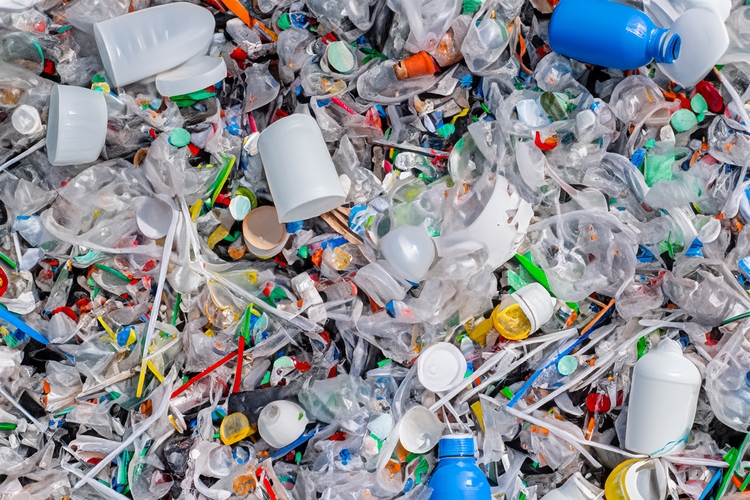
From swapping teabags to loose leaf, to picking soap bars instead of shower gel, discover the top tips for reducing plastic waste…
By
Each year, the equivalent of 136 billion milk bottles of plastic end up in our world’s oceans. And by 2050, it’s projected that the oceans will contain more plastic than fish.
As the world battles the ever-present plastic crisis, many are calling on large corporations to make seismic shifts in their operations in order to reduce plastic production.
But, on a smaller consumer level, what exactly can we do to help the planet? Read on to find our ten top tips and swaps you can make for a cleaner future free from plastic…
1) Avoid single-use plastics

Single-use plastics are everywhere, but there are ways you can avoid using them. In England, 4.25 billion pieces of disposable cutlery are used each year. Simply carrying a spare fork or a mini reusable set (including a straw) can help to protect the planet.
The same applies for disposable packaging. If possible, eat-in at a coffee shop rather than getting items to-go to prevent disposable packaging waste.
Enjoying this article? Check out our related reads:
Switch out cling film – which is unable to be recycled – for alternatives like aluminium foil, beeswax wraps or elasticated fabric bowl covers.
As well as this, try to avoid buying bottled water. Each year, approximately 20 billion plastic bottles are thrown away, with many heading to the landfill. Carry a reusable bottle in your bag, and you’ll save money and plastic.
2) Recycle chewing gum – it’s made of plastic!
Conventional chewing gum is made from plastic, meaning it takes longer to break down and ends up as microplastics. Britons are the second-largest consumers of gum worldwide, chewing around 130 sticks per person each year.
However, new brands of plastic-free chewing gum are emerging, so if possible, consider switching to planet-friendly alternatives to traditional gum to reduce plastic waste.
3) Switch plastic washing pegs to wooden alternatives
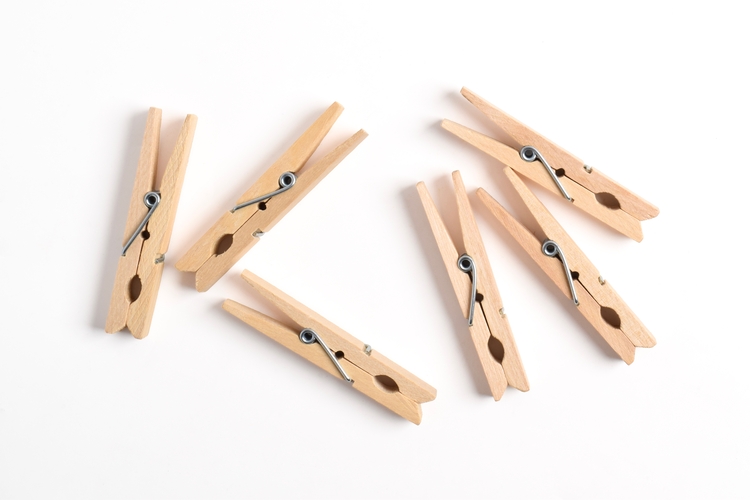
When you’re hanging out your laundry to dry on a warm summer’s day, you might pay little attention to the pegs you’re using. Yet using plastic pegs can harm the environment. Instead of hanging up clothes using plastic pegs, why not make the swap to wooden alternatives?
4) Choose loose leaf over teabags
Surprisingly, some teabags contain hidden plastics, such as glues, which are used to seal the bags. As such, not all teabags can be put into garden compost as they may biodegrade into microplastics.
To avoid these plastics and reduce plastic waste, try loose-leaf tea that can be used with a strainer, or look out for unbleached and organic teabags packaged in cardboard.
5) Pick clothing made from natural fibers
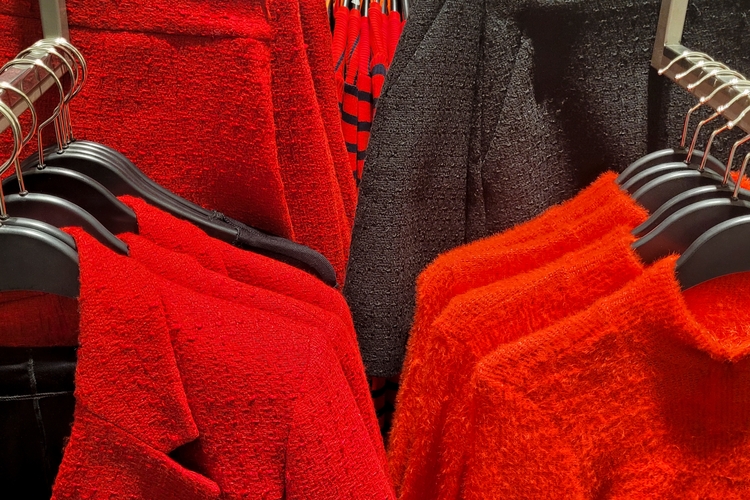
Approximately 60 per cent of the material used in clothing is plastic, which includes polyester, acrylic, and nylon textiles. Around 9 per cent of microplastics in the oceans originate from synthetic fibres, found in materials such as nylon, acrylic, polyester and fleece.
They end up in the water after shedding from the clothes we wear, travelling from laundry machines to wastewater plants.
To prevent microplastics accumulating in the sea, choose clothing and textiles made of natural materials such as cotton and wool.
6) Use a microfiber filter in your washing machine
Each week, it’s estimated we all consume around five grammes – the size of a credit card – of plastic.
One of the ways plastic ends up on your plate is during a laundry cycle. Friction from the washing machine on clothes can cause shedding of up to 700,000 tiny plastic microfibres. After the machine drains, these microfibres end up in rivers and eventually the ocean, contaminating potable water, food and even salt.
To prevent this, add a microfiber filter to your washing machine. One model from Bosch traps up to 97 per cent of microplastics and prevents natural fibres, hair and detergent residues from polluting water.
7) Choose soap bars over shower gels
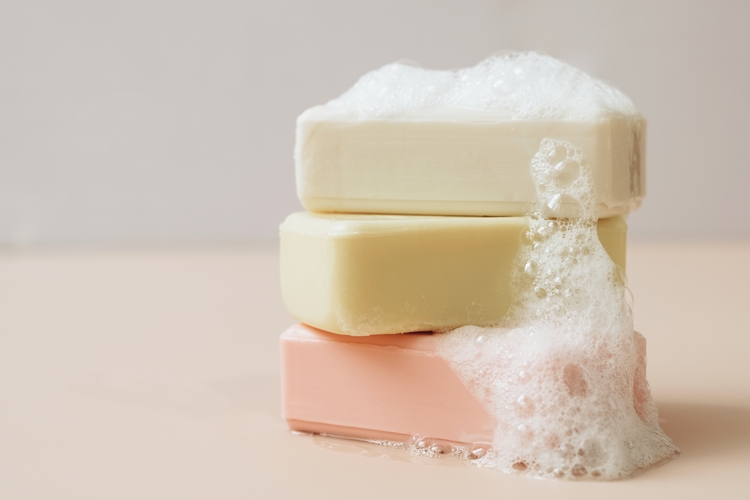
An eco-friendly alternative to shower gels – which are often packaged in plastic – is soap bars, which can be found in a variety of fragrances. In fact, this swap may prove to be a win for your wallet, as soap bars often last longer than their gel counterparts.
8) Avoid using cosmetics containing microplastics
Found in a range of products from facial scrubs to body washes, small microbeads can wreak havoc on the environment. Their tiny size means they can slip through water treatment plants, and as they look similar to food, they are ingested by some marine animals with often fatal consequences.
Instead of using these products, make the swap for those with natural exfoliants – like oatmeal or salt – instead.
Cosmetics, in general, can be significant sources of microplastics. When the Dutch nonprofit Plastic Soup Foundation tested the ten most popular brands from Europe’s four largest cosmetics manufacturers, they found just 13 per cent of nearly 8,000 products (from mascara and deodorant to lipsticks and foundations) were free of microplastics.
9) Take a reusable coffee cup to a café
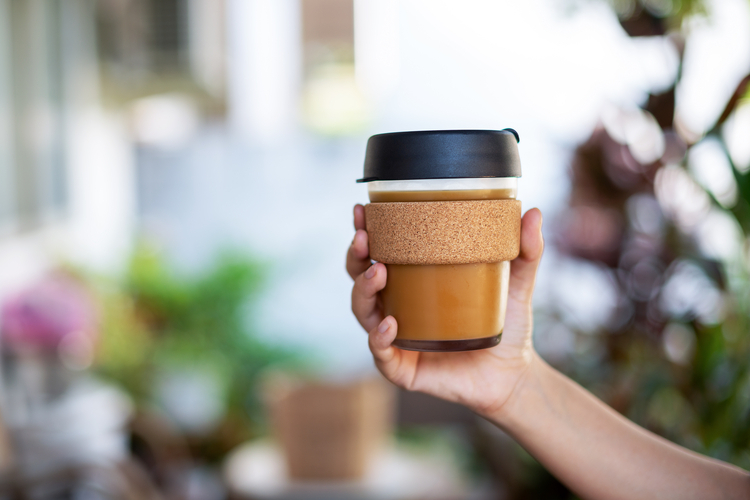
Carrying a reusable coffee cup or flask is a simple but effective way of cutting down on plastic consumption. In 2019, an estimated 4.2 billion disposable coffee cups and 2.9 billion lids were sold in the UK. Of these, less than seven per cent were recycled.
Many cafés offer a discount for bringing your own cup, so you’ll be saving money at the same time as helping to reduce plastic waste.
10) Buy in bulk
It can be easy to buy food as you need it – think small, single serving yoghurts or small packages of nuts. However, it is better for the environment to select a larger plastic container instead of buying several smaller ones over time.
If there is a bulk supermarket near you, buy staples like rice and pasta to store them in jars at home. And when possible, choose products in non-plastic packaging (such as picking the glass jar of honey over the plastic squeezy version).




